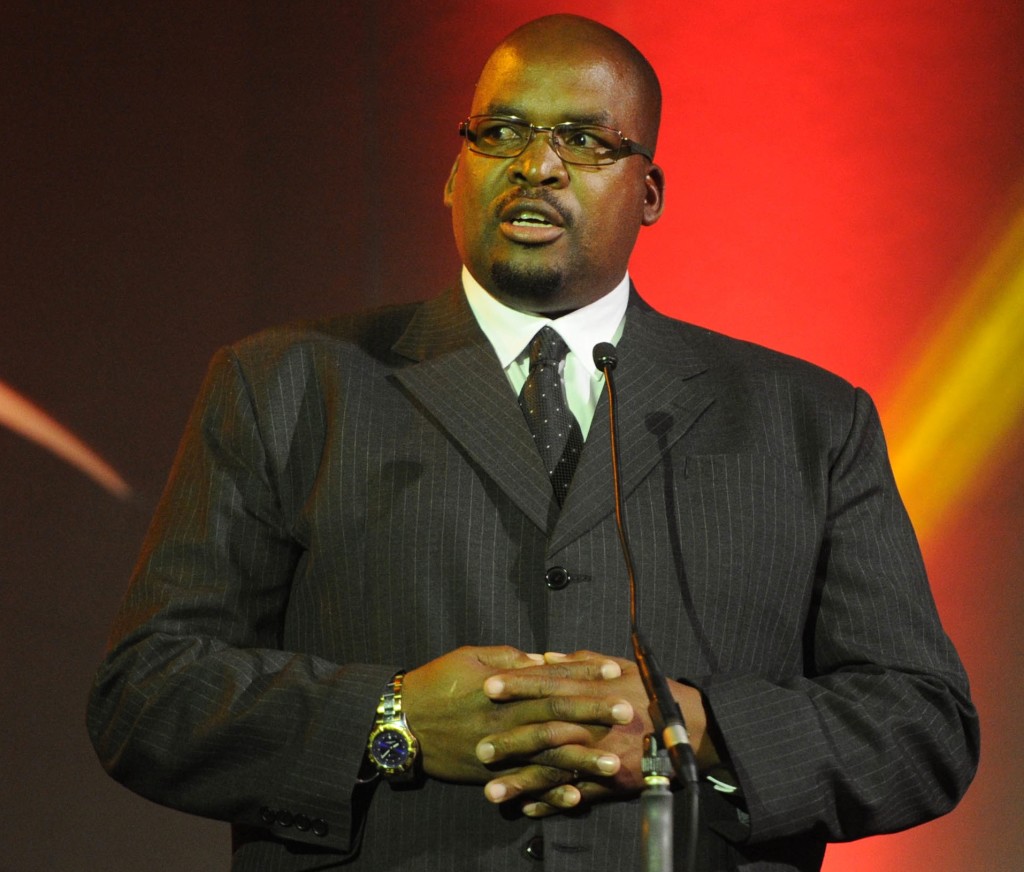Cricket South Africa has told parliament it wants the national team to be 50% transformed, but has set no deadline for that goal.
CSA president Chris Nenzani, CEO Haroon Lorgat, vice-president Peter Cyster and transformation manager Max Jordaan appeared in front of parliament’s portfolio committee for sport and recreation on Tuesday.
They again outlined their plans to transform the game and were praised for the initiative to increase the numbers of players of colour from five to six in franchise cricket, including three black Africans, and from six to seven in provincial cricket, including four black Africans.
Schools teams will be required to have eight black African players in a squad of 15 and university teams three black African players in the playing XI.
With regards to the national team, CSA confirmed its desire to transform the team, but gave no time frame for the changes to take effect and failed to clarify what it meant by ‘transform’, reports ESPNCricinfo.
Nenzani said there was still no official quota for the national side. ‘We don’t set targets, we give guidelines. A player gets into the national team not because he is black. He needs to be a good player first.’
The issue of ‘targets’ is still fresh in the mind of supporters after the World Cup selection debacle, where Vernon Philander was picked ahead of Kyle Abbott for the semi-final against New Zealand, allegedly in order to reach the ‘guidelines’ of four players of colour in the starting XI.
Despite CSA’s admission to parliament that Lorgat ‘impressed on the convener and coach the need to properly consider the best XI bearing in mind the transformation guidelines’, the board insisted there had been no interference from outside sources and called the media coverage of the incident ‘mischievous’.
Samuel Mmusi, a member of the portfolio committee, said about the incident: ‘If that interference was made in the name of transformation we would support it.’
Mncedisi Filtane, on the other hand, questioned why Aaron Phangiso – the only black African member of South Africa’s World Cup squad – did not play a single game.
‘Phangiso did not even play a single game but there is no outcry about that. We can’t just say “no quotas” when they are in our policy regulations.’
Nenzani admitted that transformation of the national side was moved to the background after Makhaya Ntini broke through the ranks to become an integral part of the Proteas, where he became the country’s second highest wicket-taker in Test cricket of all time.
‘Over the past 20 or so years, we relaxed and that is why we had only Makhaya Ntini making a strong claim for the national team,’ Nenzani said.
That, and unemployment, poverty, low levels of facilities at rural schools and the high cost of maintaining those facilities were given as further reasons for the shortcomings with regards to transformation.
Netwerk24 reports that CSA is working together with the department of basic education in an effort to broaden children’s exposure to the game.
The plan they are working on is for schools, especially previously disadvantaged schools who don’t have the facilities, to link up with clubs where they can play cricket. Efforts are also being made to train school teachers as cricket coaches.
Despite initially budgeting to make a loss of more than R100 million, CSA managed to turn their fortunes around and declared a profit of R30 million.







